Lowlands No. 9 1970
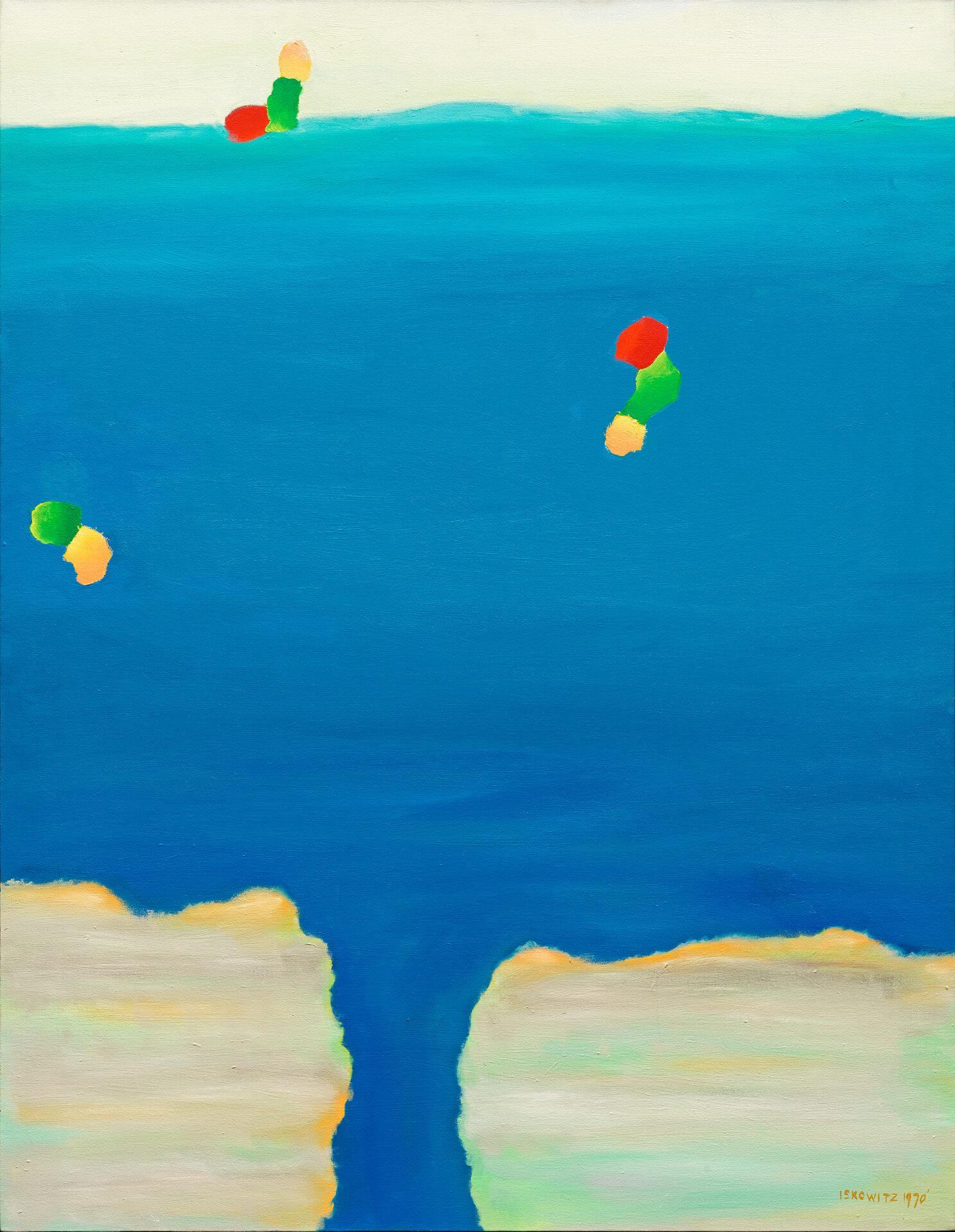
Gershon Iskowitz, Lowlands No. 9, 1970
Oil on canvas, 121.9 x 93.9 cm
Vancouver Art Gallery
The Lowlands series represents the first body of work to draw directly on Gershon Iskowitz’s 1967 trip to Churchill, Manitoba, and the flights over the surrounding landscape. These thirteen works are unique in his oeuvre because they all share a boldly coloured central band with a “stem” that extends to the bottom of the canvas. The one exception is a Lowlands painting dated 1969–70, which has two stems. Iskowitz explained that, while flying in the aircraft over the landscape, the Lowlands paintings reflect the “swoop down,” and the Uplands paintings that followed reflect the “swoop up.”
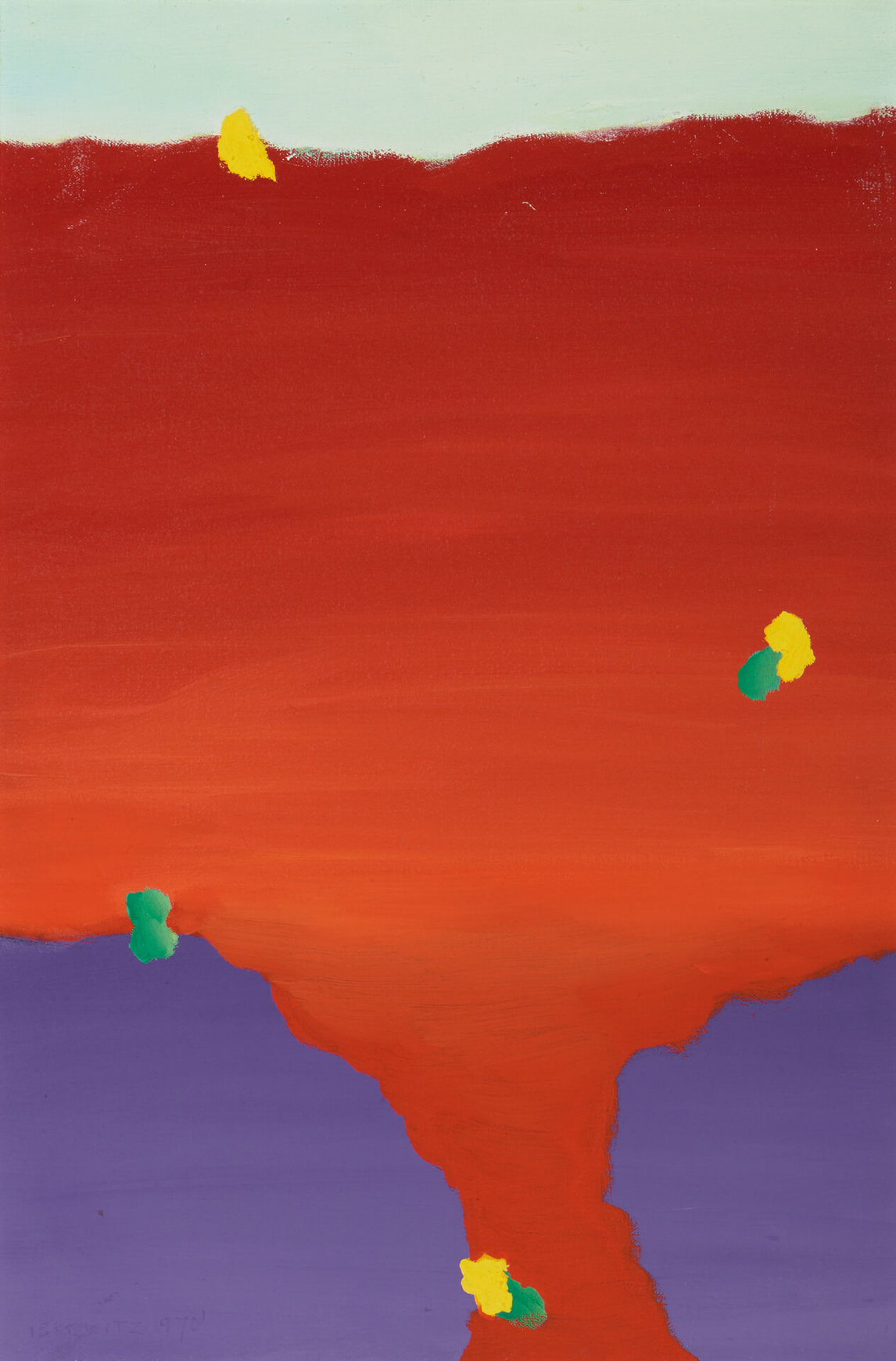
Gershon Iskowitz, Lowlands No. 2, 1969, oil on canvas, 50.5 x 33.5 cm, Canada Council Art Bank, Ottawa.
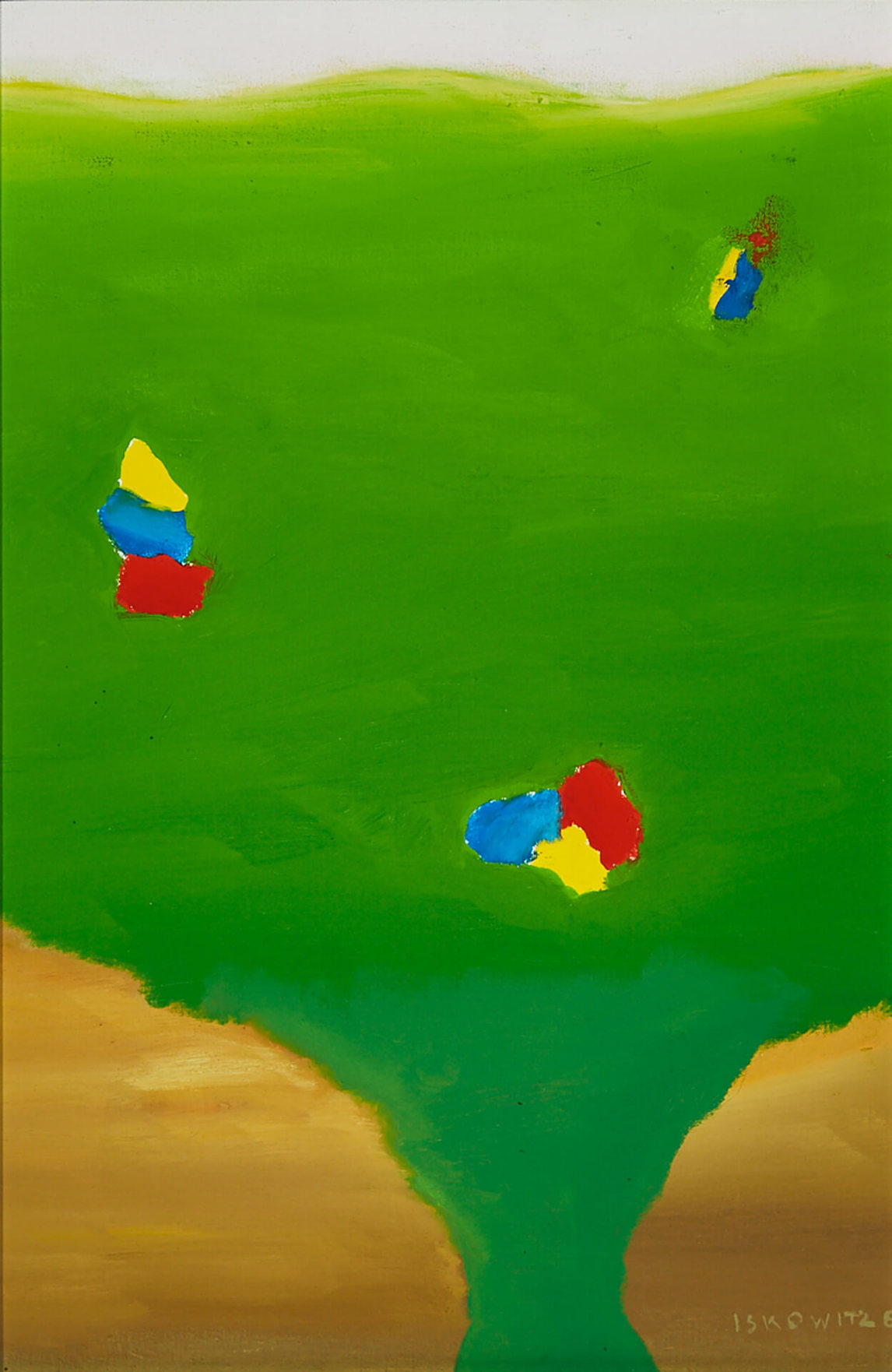
If the stem element represents an estuary—the tidal mouth of the Churchill River emptying into Hudson Bay—then the band across the top is sky and the flanking forms at the bottom edge are the land that creates the mouth of the estuary. Yet the two accompanying elements and top band are done with the same light colours and horizontal paint technique. Of the series, only Lowlands No. 9, with its blue central band, seems to represent water; other band-stems in the series were painted in green and purple, and one in orange. Are the colour differences another landscape observation of this sub-Arctic experience in summer? Most likely the Lowlands series is a painted invention that reflects Iskowitz’s experience of flying in the North.
The small clusters of two or three “blips” with different and assertive colour-optical combinations seen in Lowlands No. 9 represent a new element in Iskowitz’s work, one that occurs in all the Lowlands paintings. Are these clusters rising or falling? Iskowitz adds yet one more shape paradox with the lighter painted areas along the top and bottom to the left and right. Are they negative space, and we are looking through the mass of the blue central band? This uncertain pictorial space bears no resemblance to the kind of nonrepresentational painting dominated at the time by Canadian artists such as Jack Bush (1909–1977), Yves Gaucher (1934–2000), and Guido Molinari (1933–2004). Nor do these Lowlands pieces fit comfortably into any of the then-current abstract categories of colour-field, hard-edge, or systemic optical painting. They are unique.
A previously unexamined approach to the Lowlands paintings is to compare them with Iskowitz’s 1969–70 three-panelled Uplands painting. His largest painting to date, it comprises three rounded-top panels reminiscent of Hebrew tablets and windows in churches, synagogues, and helicopters. As in the Lowlands series, a dominant central band crosses the panels—blue for the flanking left and right sections and cupric green in the centre. The ground, or upper and lower bands, is white. Again, blip-clusters are distributed across the work—five each on the left and right, and seven in the centre—but in a balanced, not irregular, distribution. There are also six colour “trails,” which do not appear in the Lowlands series but reappear in later works.
The Uplands three-panelled painting was begun in 1969 and completed in early 1970. The earliest Lowlands paintings, No. 6 and No. 10, are dated 1969 (Iskowitz does not appear to have numbered the works in the order of production). In this period he was inventing a painting language that would be his alone, one that he would continue to develop throughout his mature period.

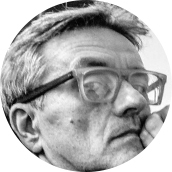 About the Author
About the Author
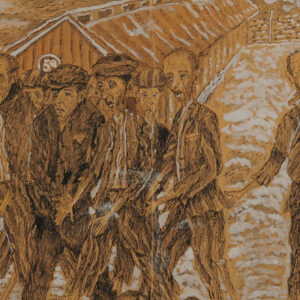 More Online Art Books
More Online Art Books
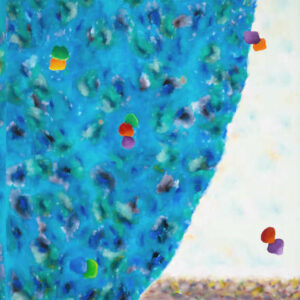 Acknowledgements
Acknowledgements